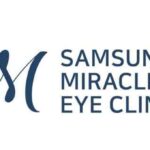Imagine this scenario: You’re at a sporting event where the fervor of cheering spectators and the adrenaline of competition are all around you. Suddenly, amidst all the action, someone collapses to the ground. Panic sets in as you realize they are not breathing and their heart has stopped beating. This is a sudden cardiac arrest (SCA), a life-threatening emergency that requires immediate response.
In today’s blog post, we will explore what sudden cardiac arrest is and its risk factors. We will also discuss why a quick response is crucial to saving lives and provide step-by-step guidance on how to respond effectively in the case of an SCA. So whether you’re an athlete, a fitness enthusiast, or simply concerned about your health, read on as we delve into this critical topic and empower you with life-saving knowledge.
Understanding Sudden Cardiac Arrest (SCA)
Sudden cardiac arrest is a condition in which the heart suddenly and unexpectedly stops beating. Unlike a heart attack, where the blood flow to the heart is blocked, SCA occurs when there is an electrical malfunction in the heart’s normal rhythm. This disruption causes the heart to quiver or go into chaotic rhythms, preventing it from pumping blood effectively throughout the body.
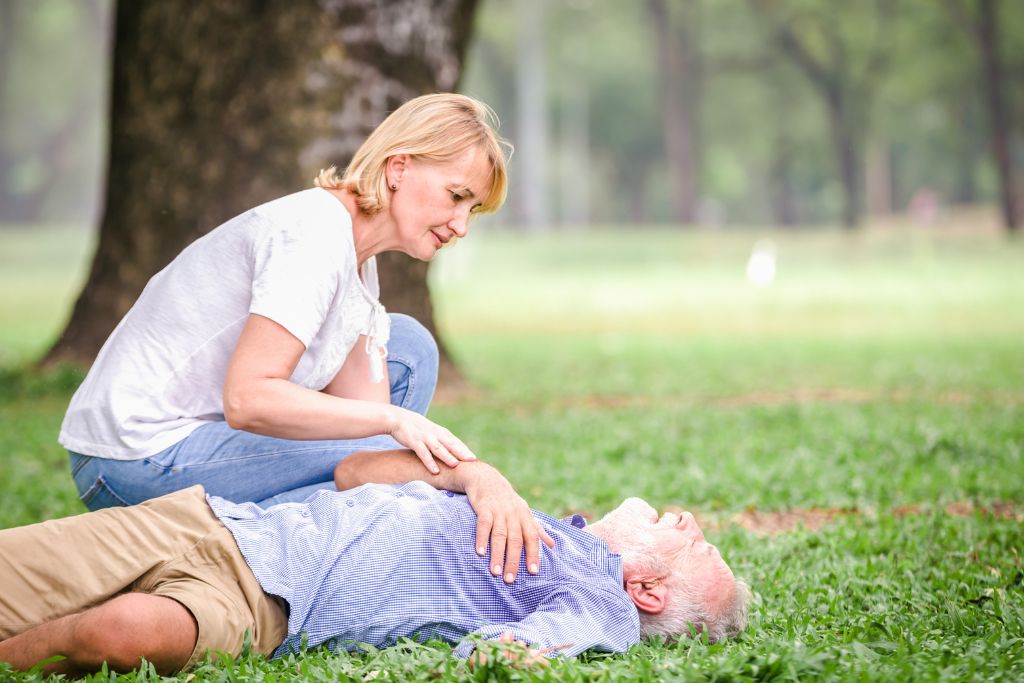
SCA can happen to anyone, regardless of age or fitness level. However, certain risk factors increase the likelihood of experiencing this life-threatening event. Sports participation puts individuals at higher risk due to increased physical exertion and the potential for underlying cardiac conditions that may go undetected.
Excess weight also plays a role in increasing susceptibility to SCA. The strain placed on the cardiovascular system by carrying extra pounds can lead to various heart issues over time.
It’s important to note that while SCA often occurs unexpectedly, some warning signs like chest pain, dizziness, shortness of breath, or fainting may be present in some cases. However, these symptoms are not always apparent before an episode of sudden cardiac arrest strikes.
Risk Factors for SCA
While sudden cardiac arrest (SCA) can happen to anyone, certain risk factors can increase a person’s likelihood of experiencing this life-threatening event. One major risk factor is engaging in sports activities without proper precautions or medical screening. Participation in intense physical exertion, especially among athletes with undiagnosed heart conditions, can significantly raise the risk of SCA.
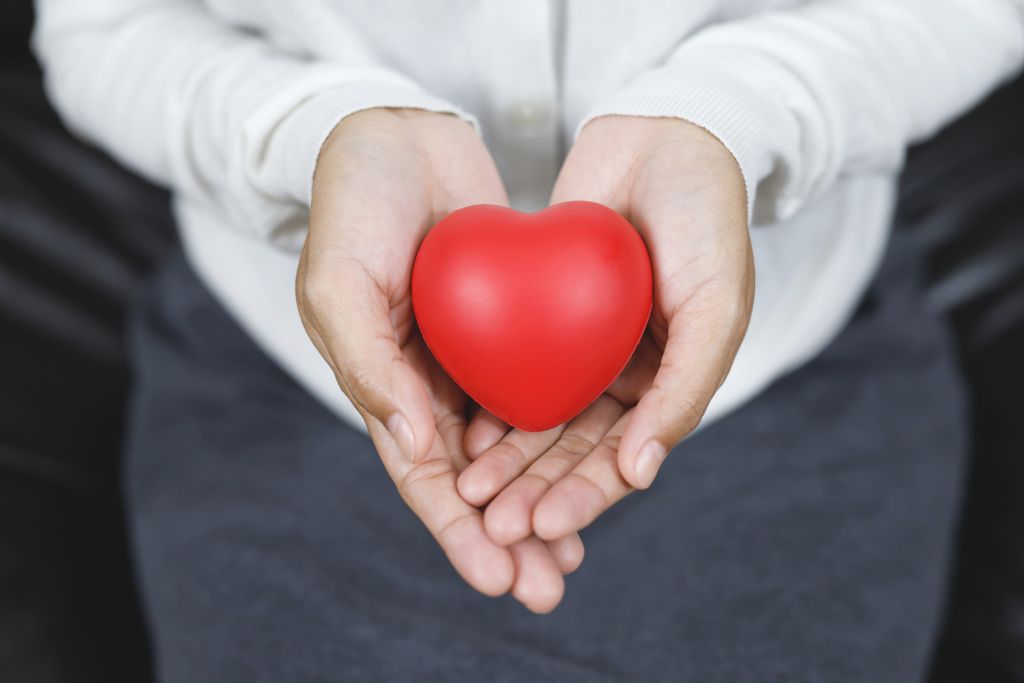
Excess weight and obesity also contribute to the risk of SCA. When individuals carry excess body weight, their hearts have to work harder to pump blood throughout the body. This extra strain on the heart increases the chances of an abnormal rhythm that may lead to cardiac arrest.
Furthermore, underlying heart conditions such as coronary artery disease and arrhythmias are significant risk factors for SCA. These conditions disrupt the normal electrical signals that regulate the heartbeat and increase the likelihood of sudden cardiac events.
Other contributing factors include a family history of heart disease, smoking tobacco products, high blood pressure, diabetes, and substance abuse.
Understanding these risk factors is crucial because it enables us to take proactive measures toward prevention and early intervention. By identifying individuals at higher risk for SCA through regular check-ups and appropriate screenings, we can help reduce fatalities associated with this condition.
The Importance of Quick Response
When it comes to sudden cardiac arrest (SCA), time is of the essence. Every second counts in saving a life. SCA occurs when the heart suddenly stops beating, cutting off blood flow to vital organs. Without immediate intervention, it can be fatal within minutes.
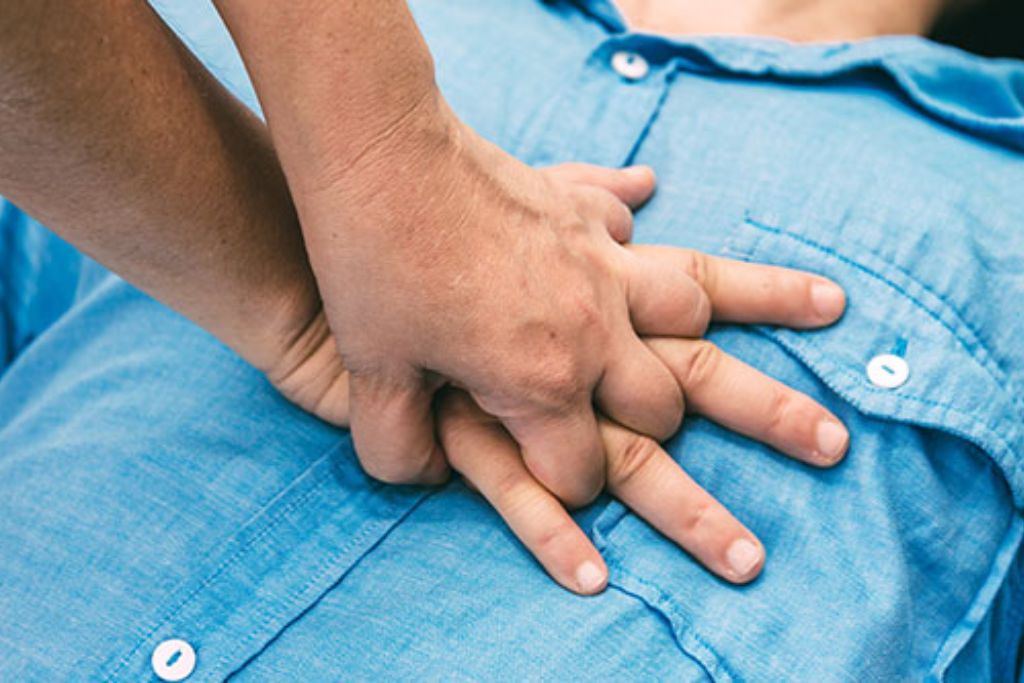
That’s why a quick response is absolutely crucial. The sooner CPR and defibrillation are initiated, the higher the chances of survival. Research has shown that for every minute that passes without treatment, the survival rate drops by 7–10%.
By responding quickly to an SCA event, you can potentially save someone’s life or prevent long-term damage. This means being aware of your surroundings and recognizing signs of distress, such as loss of consciousness or abnormal breathing.
Don’t hesitate to call emergency services immediately if you suspect someone is experiencing SCA. While waiting for help to arrive, begin performing cardiopulmonary resuscitation (CPR) if you’re trained in it.
Remember, every second counts in a cardiac emergency. Be prepared and act swiftly; it could make all the difference between life and death.
Steps to Take in the Case of SCA
When faced with a sudden cardiac arrest (SCA) situation, it is crucial to act quickly and efficiently. Time is of the essence and every second counts in saving a life. Here are the essential steps to take if you encounter someone experiencing SCA:
Call for Help: Immediately dial emergency services, or ask someone nearby to do so. The sooner professional help arrives, the better the chances of survival.
Start CPR: If the person is unresponsive and not breathing normally, begin cardiopulmonary resuscitation (CPR). Push hard and fast on their chest at 100–120 compressions per minute.
Use an AED: Locate the nearest automated external defibrillator (AED), as they can significantly increase survival rates when used promptly alongside CPR. Follow its instructions carefully for optimal results.
Continue Until Help Arrives: Keep performing CPR until medical professionals arrive or until an AED becomes available.
Remember that your actions during these critical moments can make all the difference between life and death for someone experiencing SCA.
Performing CPR and Using an AED
When it comes to responding to sudden cardiac arrest (SCA), time is of the essence. Performing CPR (cardiopulmonary resuscitation) and using an AED (automated external defibrillator) can be life-saving interventions in these critical moments.
CPR involves a combination of chest compressions and rescue breaths, which help maintain blood flow and oxygenation to the brain until professional medical help arrives. It’s important to remember that even if you’re not formally trained in CPR, providing hands-on compression can still make a difference.
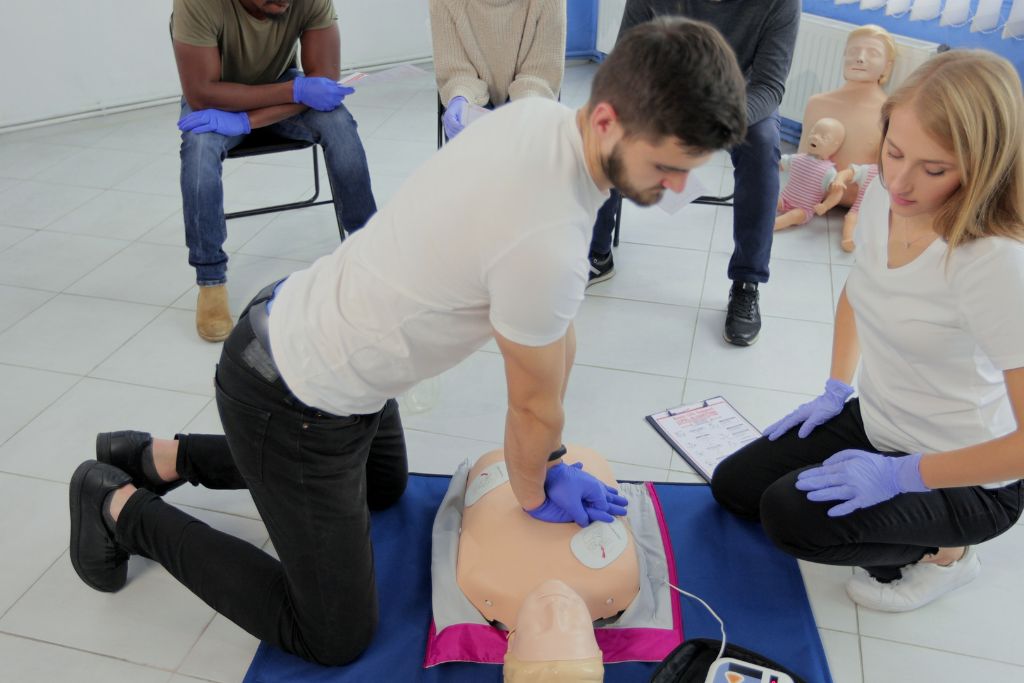
An AED is a portable device that delivers an electric shock to the heart when needed. These devices are designed for ease of use, with clear voice prompts guiding users through each step. They analyze the heartbeat and determine whether a shock is required.
Remember, every minute without intervention reduces the chances of survival by 7–10%. So don’t hesitate to start performing CPR while someone retrieves an AED nearby.
By promptly initiating these life-saving measures, you could potentially save someone’s life before professional help arrives. That’s why it’s crucial for everyone—from athletes on sports fields to individuals with excess weight—to familiarize themselves with basic CPR techniques and how to use an AED properly.
In the next section, we’ll explore resources available for learning proper CPR techniques and receiving training on using an AED effectively.
Resources for Learning CPR and AED Training
When it comes to responding effectively in the event of sudden cardiac arrest (SCA), knowing how to perform cardiopulmonary resuscitation (CPR) and use an automated external defibrillator (AED) can make all the difference. These life-saving skills can help buy precious time until medical professionals arrive.
Fortunately, there are resources available that can teach you how to properly administer CPR and use an AED. Many organizations offer training courses, both online and in person, that will equip you with the knowledge and confidence needed to respond effectively during a crisis.

One popular resource is the American Heart Association (AHA). They offer comprehensive CPR and AED training programs designed for both healthcare professionals and laypersons. Their courses provide hands-on practice sessions, instructional videos, and interactive exercises to ensure participants develop the necessary skills.
Another organization worth considering is the Red Cross. They also offer CPR and AED certification courses that cover adult, child, and infant techniques. They use step-by-step demonstrations to guide participants through their classes with experienced instructors.
Additionally, many local hospitals or community centers may host CPR/AED training workshops throughout the year. These workshops often provide valuable opportunities for hands-on practice under professional supervision.
Remember, learning these life-saving skills is not just important for your own knowledge; it contributes to a safer community as well. By becoming trained in CPR and AED techniques, you have the power to potentially save someone’s life when every second counts.
So take advantage of these resources available near you today!
Creating an Emergency Plan
Creating an emergency plan is crucial to ensuring a quick and effective response in the event of sudden cardiac arrest (SCA). By taking proactive steps, you can help increase the chances of saving a life. Here are some important factors to consider when developing your emergency plan:
It’s essential to educate yourself and those around you about the signs and symptoms of SCA. This knowledge will enable you to recognize when someone may be experiencing a cardiac emergency, allowing for prompt action.
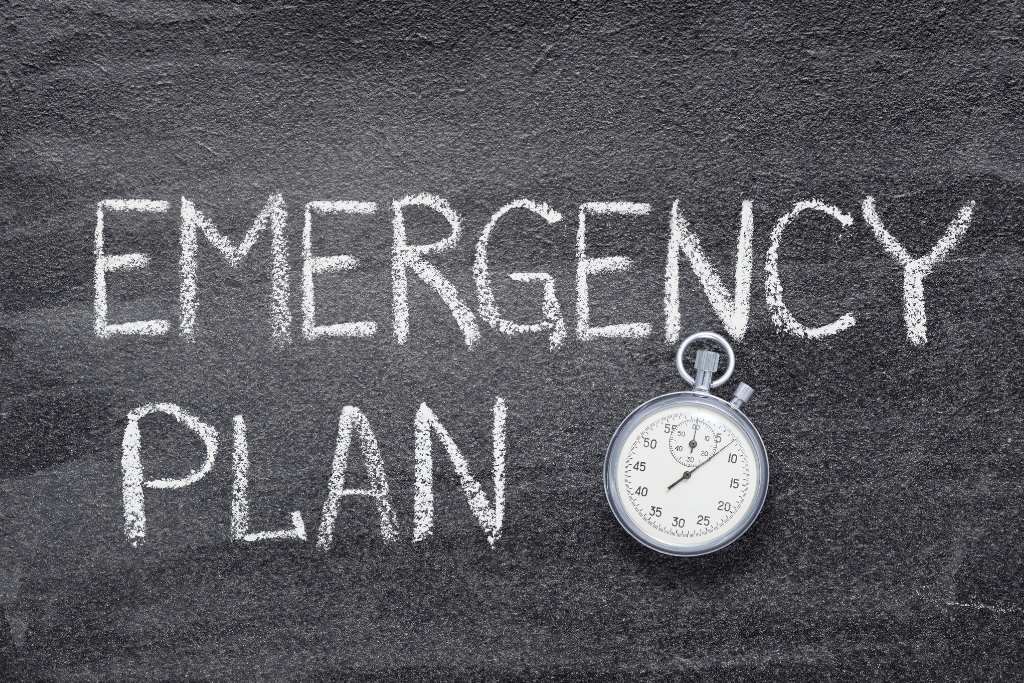
Next, identify key individuals who will play a role in responding to an SCA incident. This could include family members, coworkers, or teammates. Make sure they are aware of their responsibilities and trained in performing CPR and using an automated external defibrillator (AED).
Additionally, ensure that ads are readily available in locations where there is a high risk of SCA occurrence. These devices can significantly improve survival rates by delivering electric shocks that restore normal heart rhythm.
Furthermore, establish clear communication protocols within your organization or community so that everyone knows how to quickly alert others in case of an emergency. Time is critical during an SCA event, so having efficient systems in place can save valuable seconds.
Regularly review and update your emergency plan as needed. As new advancements in resuscitation techniques or AED technology develop, further accessibility options arise; staying current ensures your plan remains effective.
By creating an emergency plan tailored specifically to your environment and circumstances, while considering the factors mentioned above—sports activities involving excess weight set off this condition—you’ll be better prepared if sudden cardiac arrest occurs.
Conclusion
Understanding sudden cardiac arrest (SCA) and knowing how to respond is crucial for saving lives. It can strike anyone, regardless of age or physical fitness level. However, certain risk factors, such as sports participation and excess weight, can increase the likelihood of SCA.
The importance of a quick response cannot be overstated. Every second counts when it comes to providing life-saving CPR and using an automated external defibrillator (AED). By taking immediate action, you can significantly improve the chances of survival for someone experiencing SCA.
Learning CPR and AED training is essential for everyone. There are numerous resources available that offer courses, both online and in person, to equip individuals with the skills needed to respond effectively in case of an emergency.
Additionally, creating an emergency plan that includes steps on how to handle SCA situations is vital. This plan should outline who will call 911, who will perform CPR until medical professionals arrive, and where the nearest AED is located.
By being proactive and prepared, we can make a significant impact on reducing fatalities caused by sudden cardiac arrest. Together, let’s raise awareness about this silent killer and ensure that more people have access to life-saving interventions when every second matters. Remember, your actions could save a life!
So take the time today to educate yourself about SCA risk factors like sports participation and excess weight. Learn how to respond in case of an emergency by learning CPR and AED techniques through reputable training programs. And most importantly, create an emergency plan so that you’re ready if sudden cardiac arrest strikes.
A healthy diet is an important part of keeping your heart healthy. Explore “The Incredible Benefits of Saying Goodbye to Refined Oil” for an understanding of this impactful topic on cardiovascular wellbeing. Often high in unhealthy fats, refined oils pose serious threats to cardiovascular well-being if consumed regularly. Being aware of such risks enables you to make informed choices that ultimately protect your heart from health complications. Stay proactive, not just with emergency preparation, but also with lifestyle choices to promote heart-healthy living!






